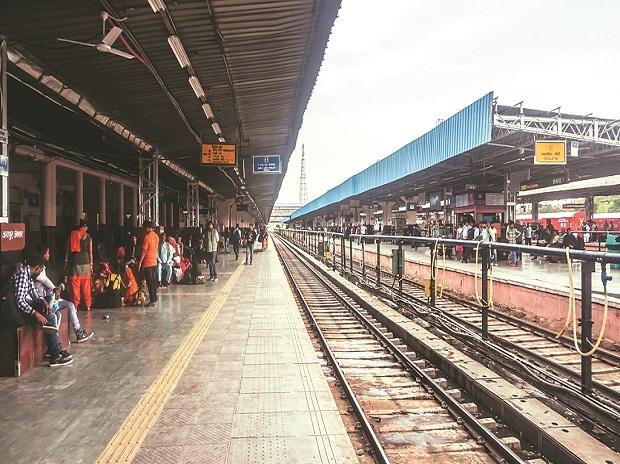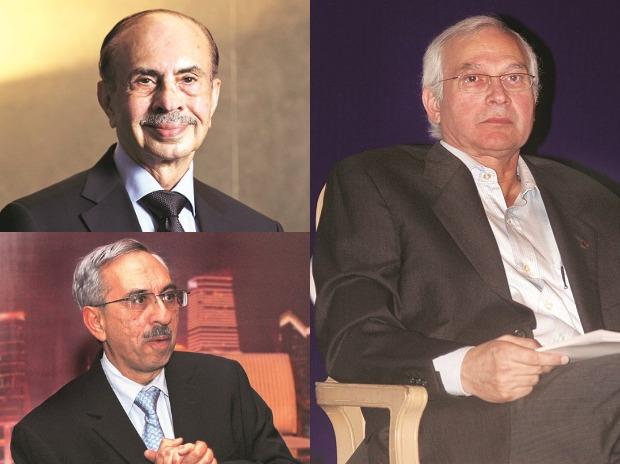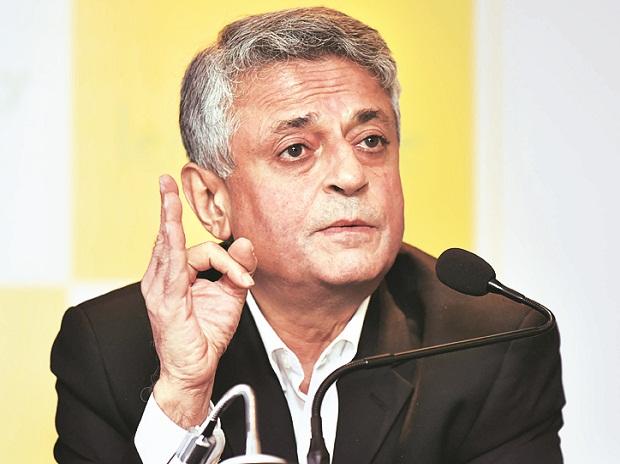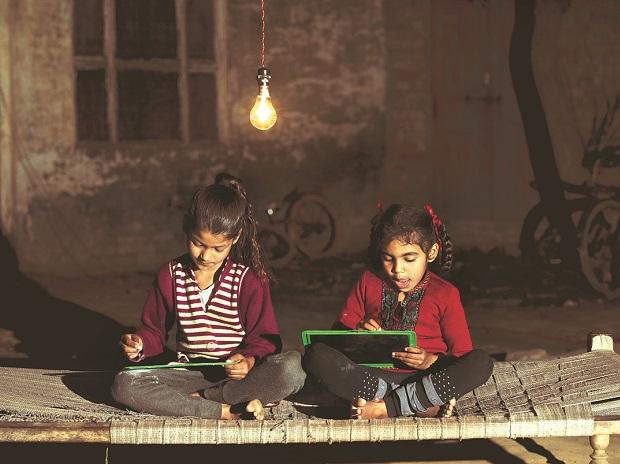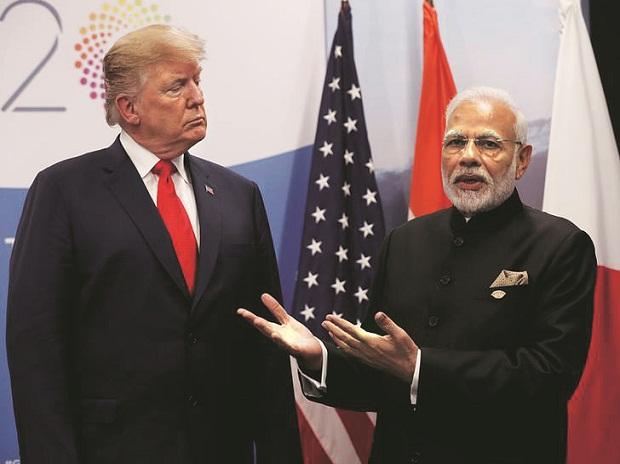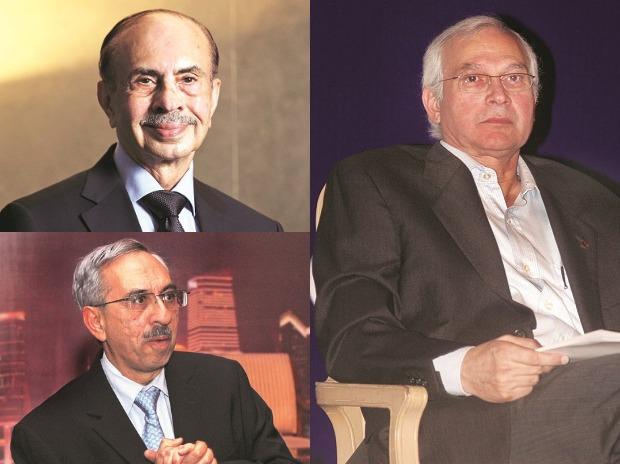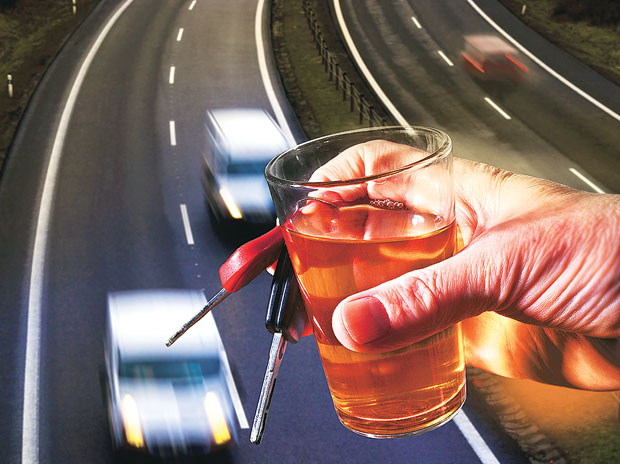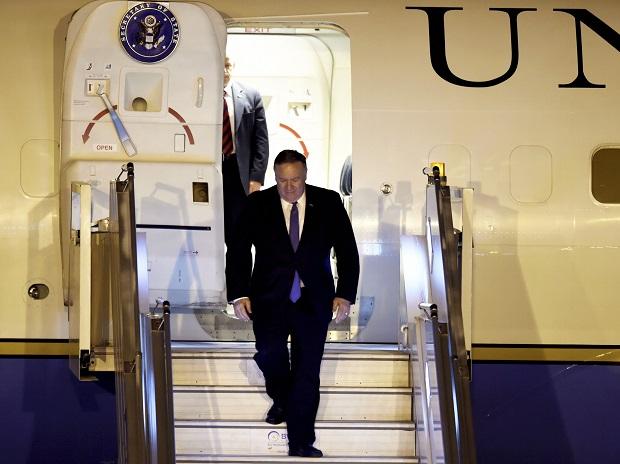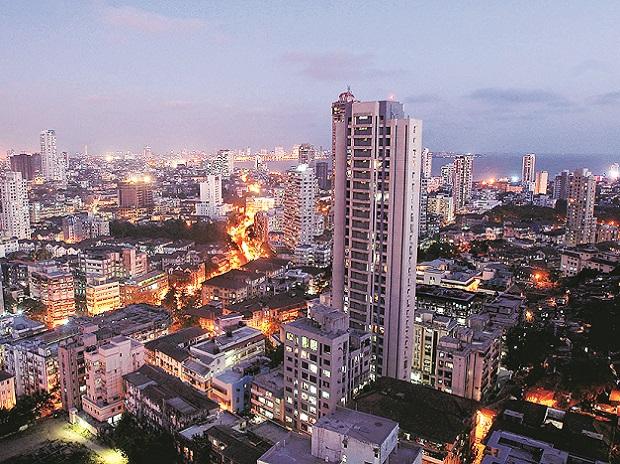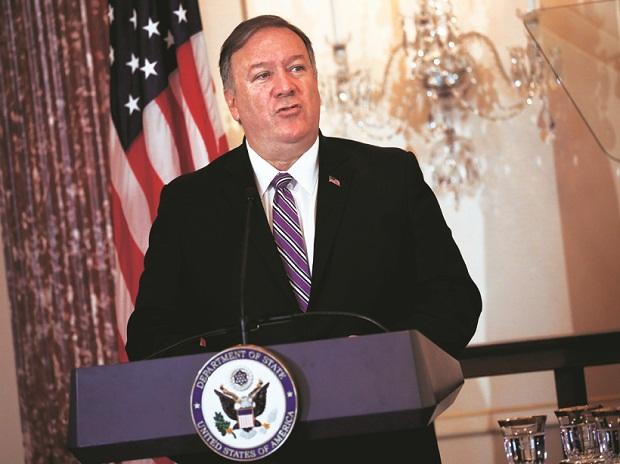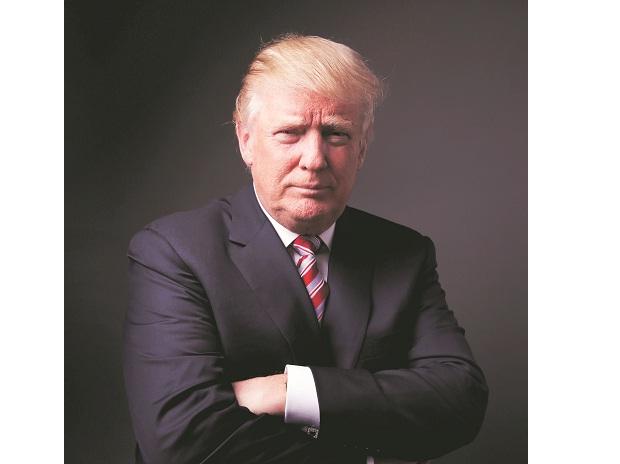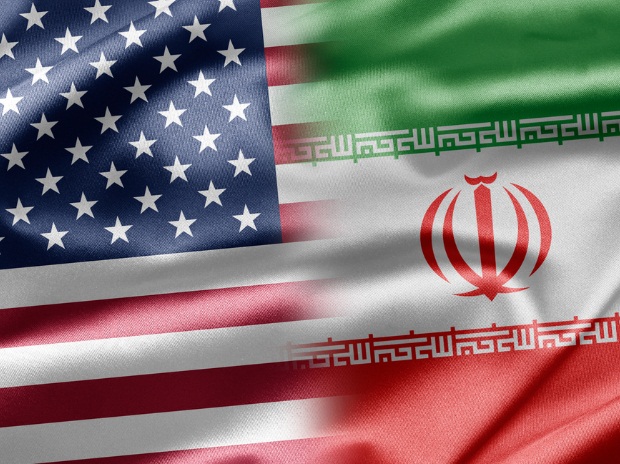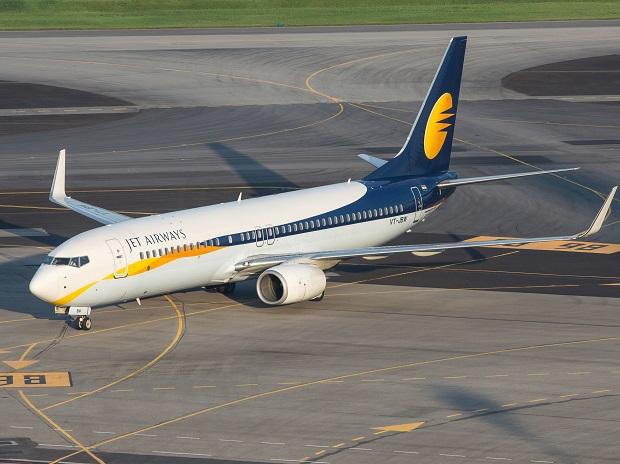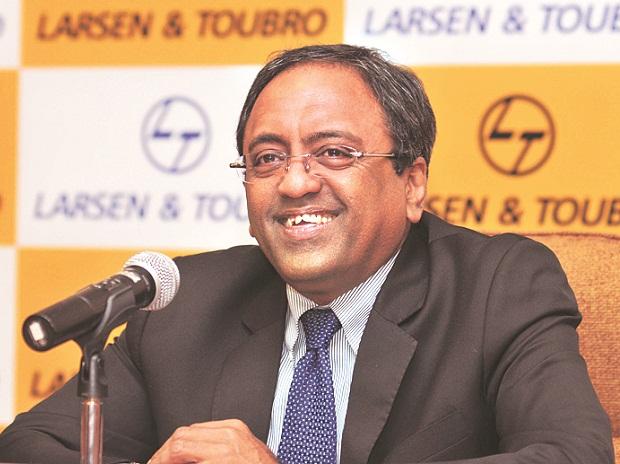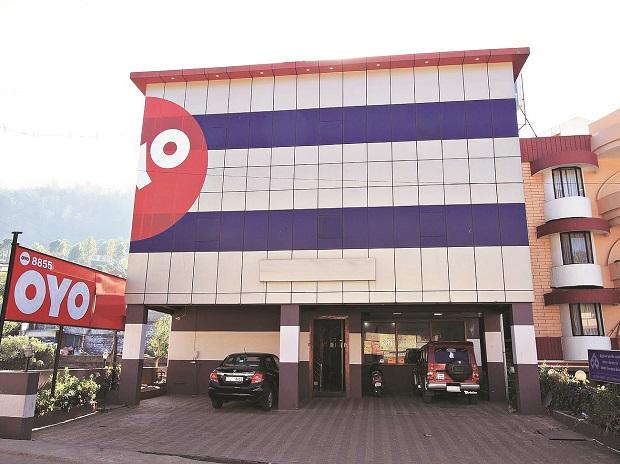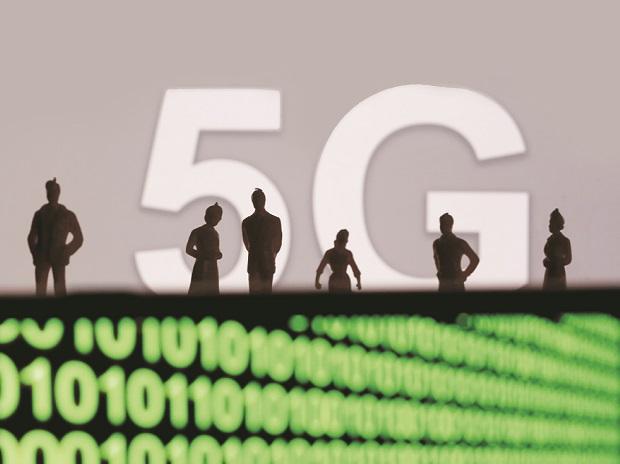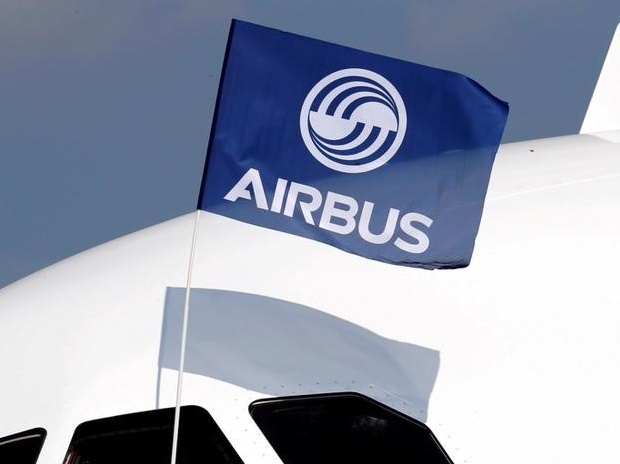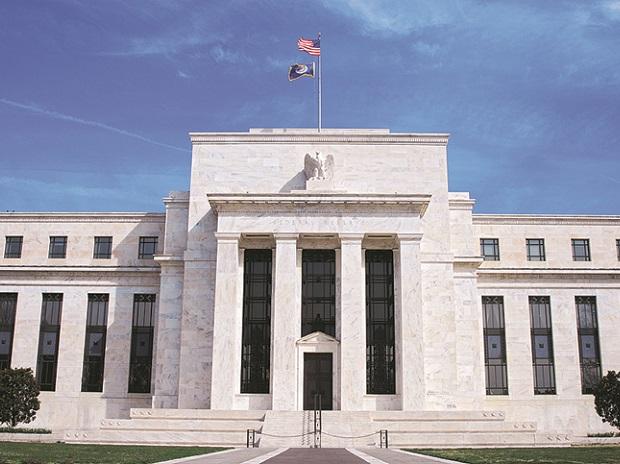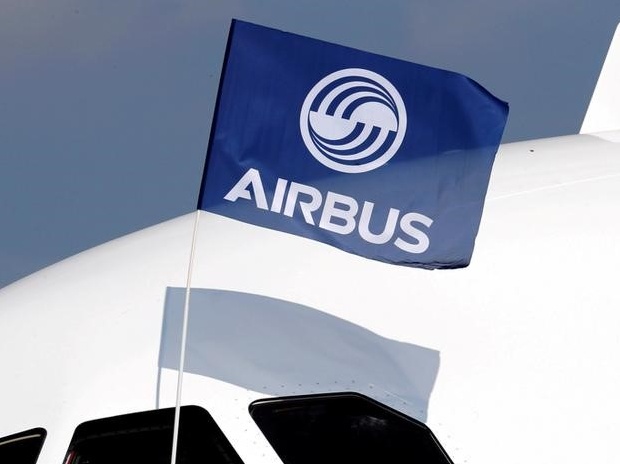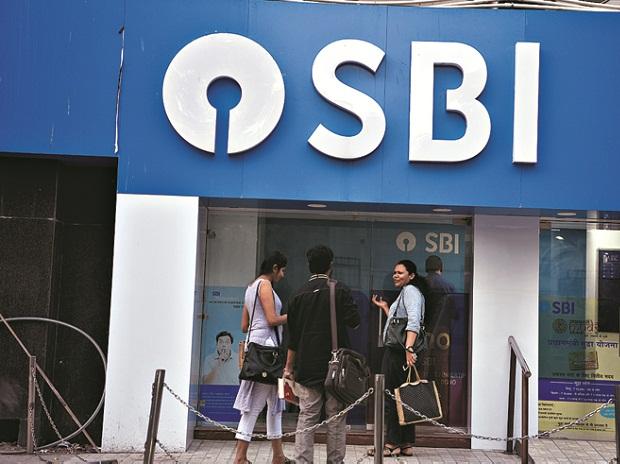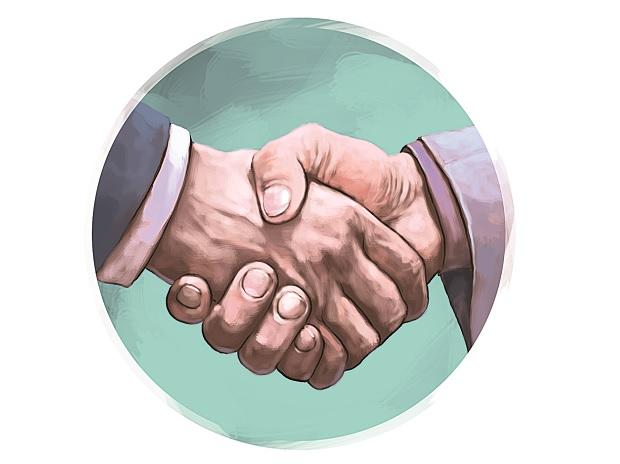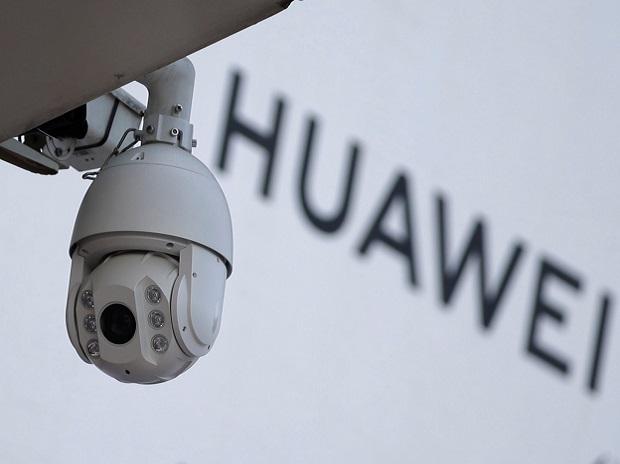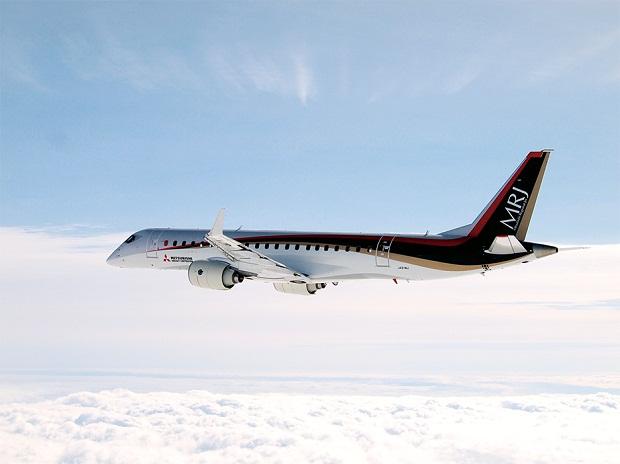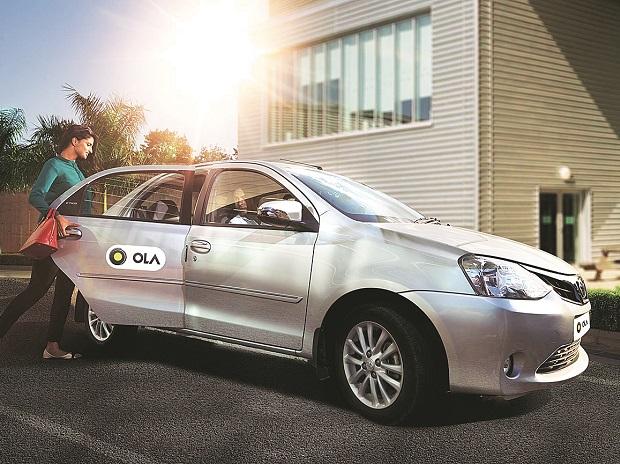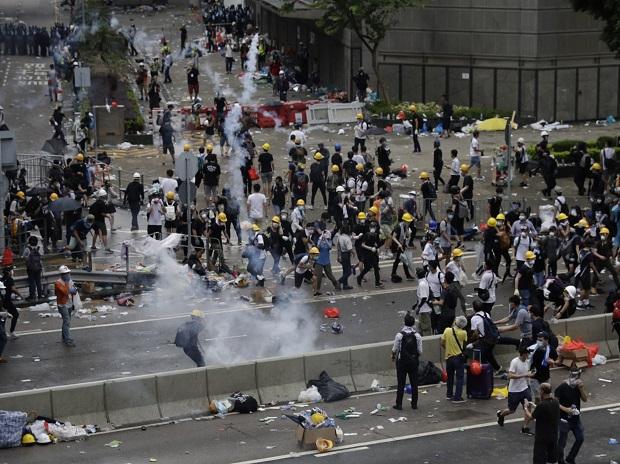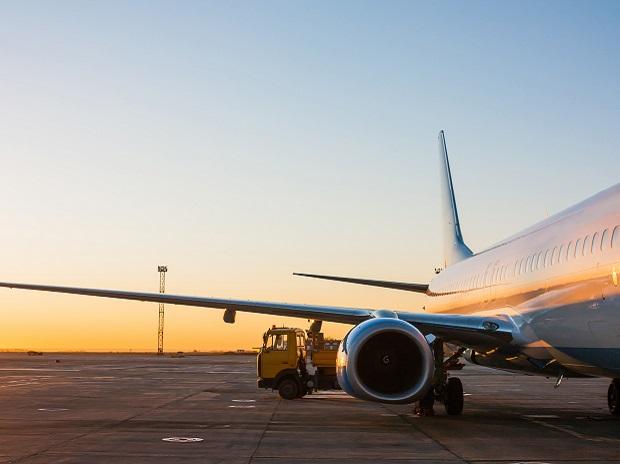
Company News
A SpiceJet plane Sunday overshot the runway while landing at the Surat Airport, while an Air India Express flight had a narrow escape when the aircraft that arrived from Dubai veered off the taxiway after landing at Mangaluru Internatioal Airport.None of the passengers and crew members on board were hurt in the incident, an airport official at Surat airport said.The incident at Surat, which occurred around 8.15 pm, was a result of heavy rain and wind, the official said.
"A SpiceJet flight from Bhopal to Surat overshot runway at the airport here due to heavy rainfall and wind. All the 43 passengers and four crew members are safe and they are being handled by the SpiceJet officials," Surat airport director S K Panigrahi said.
The airport operations were suspended for the night following the incident, and three flights were diverted to Ahmedabad airport, he said.
Air India Express veers off taxiway on landing
As many as 183 passengers aboard an Air India Express flight had a narrow escape when the aircraft that arrived from Dubai veered off the taxiway after landing at Mangaluru Internatioal Airport on Sunday.
All passengers and crew members on board are safe, Air India Express said in a statement.The incident happened at around 5.40 pm after the aircraft landed at the airport."AI Express aircraft VT-AYA, operating IX 384, Dubai to Mangalore on June 30, after landing on runway 24 while vacating the runway to the right side has gone off the taxiway into soft ground," the airlines said.
Read our full coverage on SpiceJet
